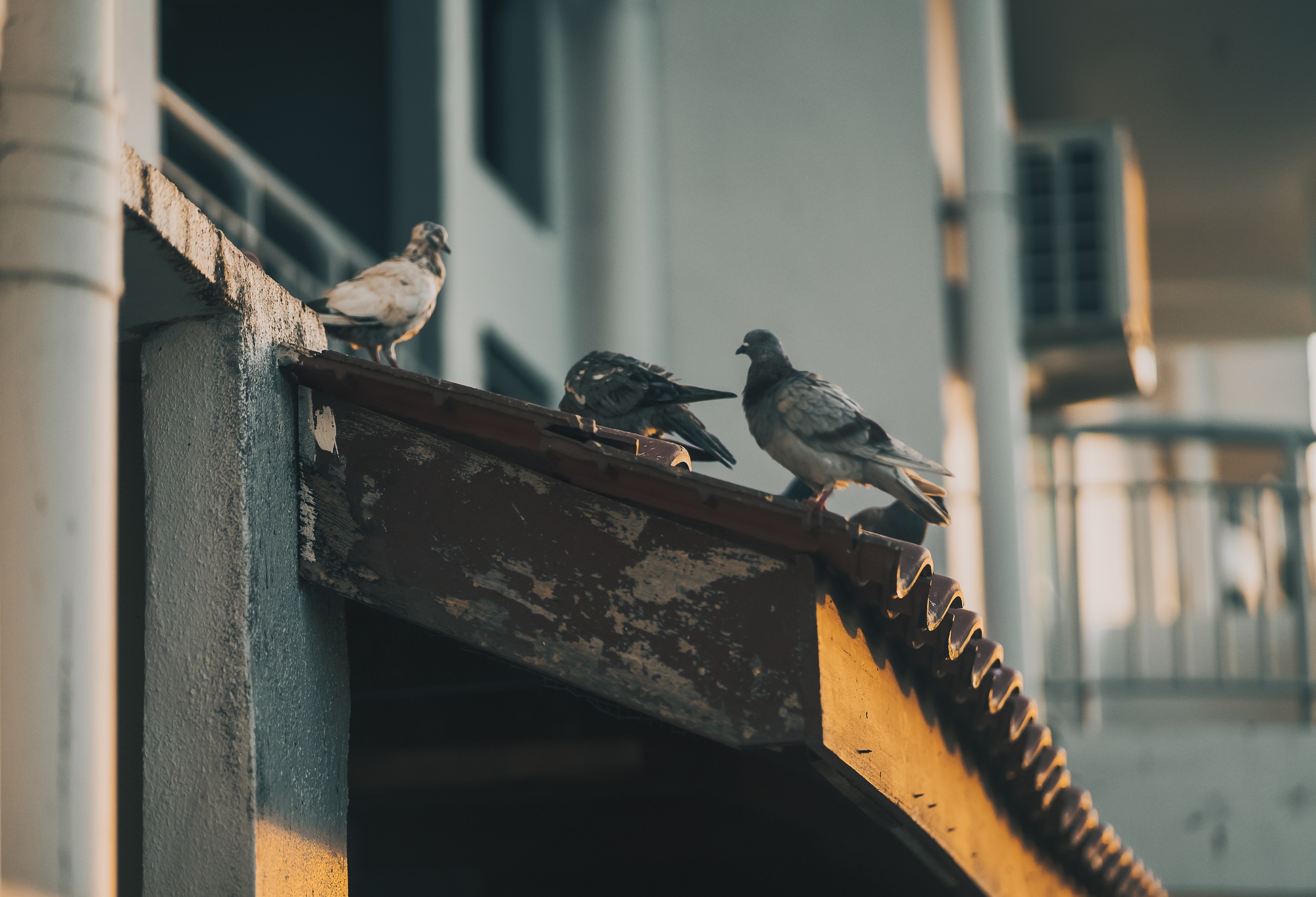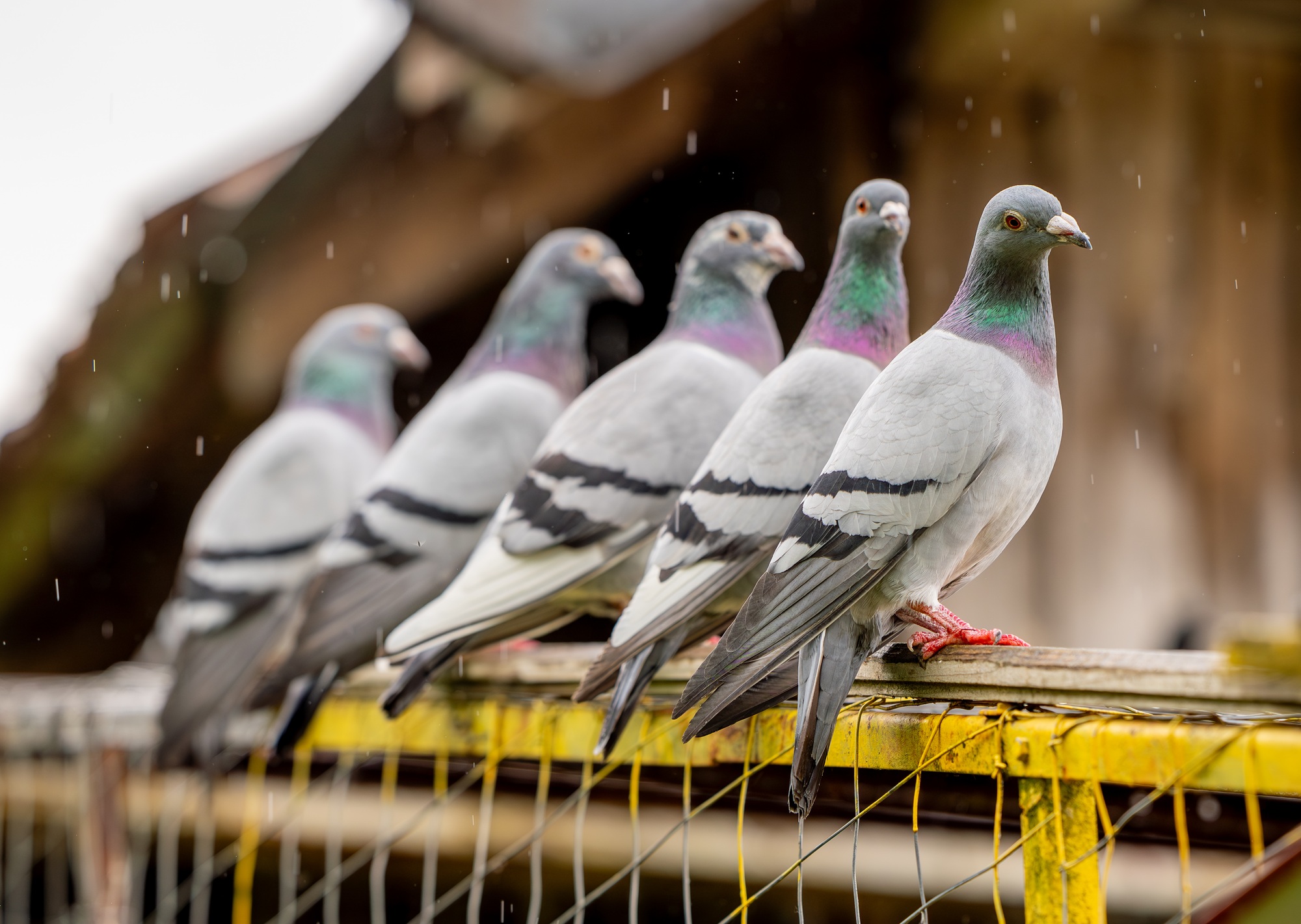Our Pigeon Removal Services

Pigeon removal is crucial for maintaining public health and safety, as their droppings can harbor diseases that pose risks to both humans and other wildlife. Additionally, uncontrolled pigeon populations can lead to significant property damage, as their nesting habits can clog drainage systems and create unsightly messes. Implementing effective pigeon removal strategies helps preserve the integrity of urban environments and enhances the overall quality of life for residents.

Cleaning up and disinfecting pigeon droppings is crucial for public health, as these droppings can harbor harmful pathogens and parasites that pose risks to humans and pets. Regular removal and sanitization help prevent the spread of diseases such as histoplasmosis and cryptococcosis, which can result from inhaling spores found in dried droppings. Additionally, maintaining clean environments free from pigeon waste contributes to the overall aesthetic and hygiene of urban areas, reducing potential pest infestations and enhancing community well-being.

Pigeon prevention and deterrents are crucial for maintaining public health and safety, as these birds can carry diseases that pose risks to humans and pets. Effective deterrents help protect property by minimizing damage caused by pigeon droppings, which can corrode surfaces and create unsightly messes. Additionally, implementing prevention strategies promotes a more pleasant urban environment by reducing noise and disturbances associated with large pigeon populations.
5 Step Bird Removal Process



Frequent asked questions
Pigeons are removed by first identifying where they’re nesting or roosting. The birds are cleared using legal exclusion methods. Barriers like bird spikes, netting, or ledge modifications are then installed to stop them from returning.
Yes, the droppings contain bacteria and fungal spores that are known to cause respiratory issues. Cleanup is handled using personal protective gear and commercial disinfectants. All contaminated areas are cleaned and sanitized to reduce health risks.
They return because nesting areas or access points were never fully removed or sealed. Any leftover droppings or shelter will continue to attract them. Ongoing activity is stopped by removing nests, cleaning up the mess, and installing proper deterrents.
Smells and sound devices provide little to no long-term results because pigeons quickly ignore them. These methods are not relied on for real pigeon control. Long-term solutions use physical barriers and exclusion equipment.
Yes, their droppings can corrode surfaces like metal, paint, and roofing materials. Nests often block gutters, vents, and HVAC equipment. Over time, this leads to property damage, water leaks, and expensive repairs.
Cost depends on how many birds are present, how accessible the site is, and how much cleanup is needed. Deterrents like spikes or netting also affect pricing. An on-site inspection is usually required to give an accurate estimate.
Pigeons are kept out by installing metal mesh around the perimeter of the solar panels. The mesh blocks access to the underside where they like to nest. This method doesn’t interfere with the panel function or airflow.
Yes, some local and federal laws restrict certain removal methods and protect specific bird species. Pigeons are usually not protected, but all removals still must follow humane and approved practices. Permits or special handling may be required in some areas.
Fake owls have little effect because pigeons quickly realize they’re not a threat. Spikes can work on flat surfaces if installed properly. For best results, they’re combined with other deterrents and exclusion methods.
Droppings are cleaned using respirators, gloves, and protective suits. The area is sprayed with disinfectant to prevent airborne dust before removal. Waste is bagged, surfaces are sanitized, and everything is disposed of according to safety standards.

100% Satisfaction Guaranteed